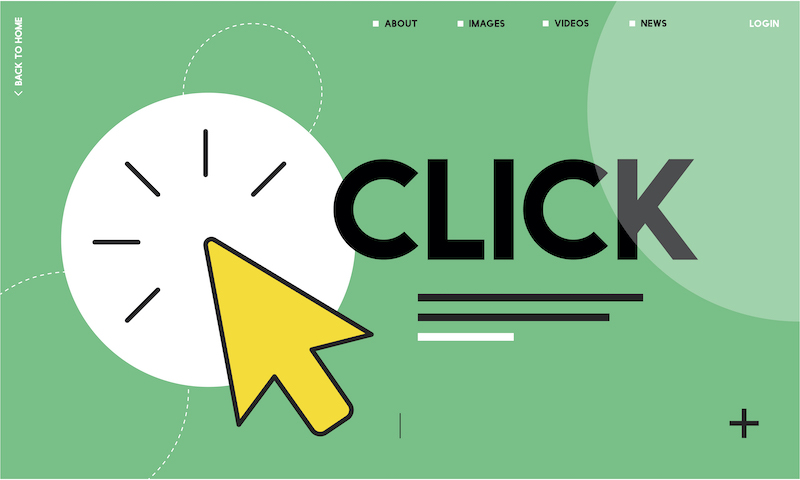

The Impact of Microinteractions on User Experience
Introduction:
In the intricate world of user experience (UX) design, microinteractions are the often overlooked details that wield significant influence over how users perceive and engage with a digital product. These subtle animations, sounds, or visual cues play a pivotal role in shaping the overall user experience. This blog post will explore the impact of microinteractions on user experience, highlighting why careful consideration of these small details can lead to a substantial difference in the user’s perception and interaction with a product.

Defining Microinteractions:
What Are Microinteractions?
Microinteractions are small, momentary animations or responses that occur within a user interface. They are the subtle cues that acknowledge user actions, providing feedback and enhancing the overall user experience.
Examples of Microinteractions:

The Significance of Microinteractions:
Feedback and Confirmation
Microinteractions serve as immediate feedback mechanisms, promptly confirming to users that their actions have been acknowledged. This responsive loop not only imparts a sense of control to users but also mitigates uncertainty, fostering a more confident and satisfying user experience.
Guiding User Behavior
Microinteractions act as subtle guides, seamlessly steering users through the interface by directing their attention and indicating the subsequent steps. A prime example is a gentle bounce applied to a scroll arrow, encouraging users to delve deeper into the content.
Humanizing the Digital Experience
Microinteractions add a human touch to digital interactions. Mimicking real-world responses, such as the subtle vibration of a mobile device when a button is pressed, makes the experience more relatable.
Enhancing Usability and Engagement
Usability Improvement
Microinteractions significantly enhance the overall usability of a product by proactively preventing errors. Real-time feedback, like notifying users when a password doesn’t meet criteria, ensures a seamless and error-free experience.
Increasing Engagement
Engaging microinteractions, like a heart animation when a user ‘likes’ a post, can create a more enjoyable and satisfying user experience. These details contribute to the emotional connection users form with a product.
Designing Effective Microinteractions
Consistency Across Platforms
Ensure consistency in microinteractions across different platforms and devices. Users should encounter familiar responses regardless of where they interact with the product.
Subtlety and Context
Microinteractions should be subtle and contextually relevant. They should enhance the experience without distracting or overwhelming users.
Loading Times and Performance
Optimize microinteractions for performance to avoid delays. While they should be visually pleasing, they should not compromise the overall speed and efficiency of the interface.
Conclusion
In the grand scheme of UX design, the impact of microinteractions is both subtle and profound. These small details, when thoughtfully designed and implemented, contribute to a more intuitive, engaging, and user-friendly experience. As designers continue to refine their craft, understanding the significance of microinteractions will be pivotal in creating digital landscapes that not only function seamlessly but also resonate with users on a human level. The beauty lies in the details, and in the world of UX, the impact of these micro moments is anything but small.


